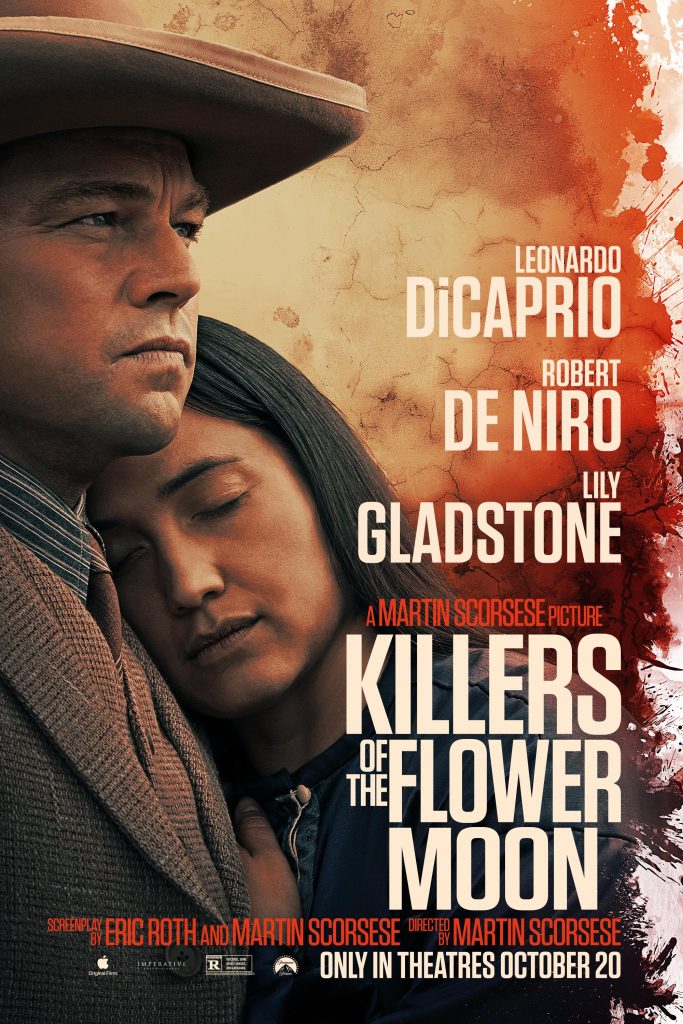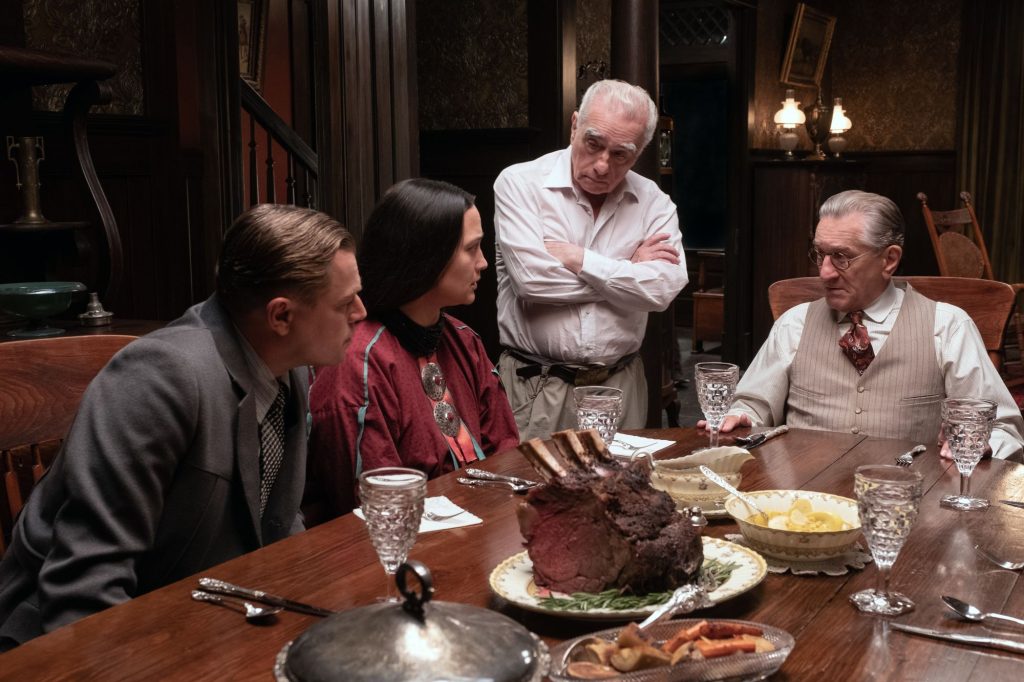“Killers of the Flower Moon” is an upcoming film directed by Martin Scorsese, based on the bestselling book of the same name by David Grann. The story delves into the chilling events known as the Osage Murders, a dark chapter in American history. In this article, we provide a comprehensive guide to the Osage Murders, exploring the historical context, the shocking crimes committed against the Osage Nation, and the impact they had on the birth of the Federal Bureau of Investigation (FBI).

The Osage Nation
The Osage Nation, located in present-day Oklahoma, was once one of the wealthiest Native American tribes in the early 20th century. This wealth was due to the discovery of oil on their lands. The Osage people became targets of greed, as individuals sought to gain control over their valuable mineral rights.
Mysterious Deaths
Between the years 1921 and 1925, members of the Osage Nation began to die under suspicious circumstances. Many Osage individuals were found murdered, with their deaths often disguised as accidents or illnesses. The frequency and brutality of these deaths raised alarm among the Osage community.
The Reign of Terror
The Osage Murders unleashed a reign of terror, causing fear and paranoia to grip the Osage Nation. The local authorities failed to properly investigate the crimes, leading to growing frustration and desperation among the Osage people. As the body count rose, the community sought justice and protection from the federal government.
The Inception of the FBI
The efforts to solve the Osage Murders played a crucial role in the establishment of what would eventually become the Federal Bureau of Investigation (FBI). J. Edgar Hoover, then the director of the Bureau of Investigation, recognized the need for federal intervention in the case. The FBI’s involvement marked a turning point in the investigation and the subsequent pursuit of justice.

The Osage Guardianship Act
In response to the crimes committed against the Osage Nation, the U.S. Congress passed the Osage Guardianship Act in 1921. The act aimed to protect the Osage people’s wealth and rights, designating them as “incompetent” to handle their own finances. This act, while intended to provide safeguards, proved to be a source of exploitation and further victimization for the Osage community.
The Role of Investigative Journalism
Investigative journalism played a crucial role in exposing the extent of the crimes against the Osage Nation. Journalists, including the author David Grann, undertook extensive research to uncover the truth behind the murders. Their efforts shed light on the corruption and collusion that allowed the crimes to persist for so long.

“Killers of the Flower Moon” brings the Osage Murders to the big screen, with Martin Scorsese directing and an all-star cast including Leonardo DiCaprio and Robert De Niro. The film aims to bring wider attention to this dark period of American history and the resilience of the Osage people. Its release is highly anticipated and expected to spark important conversations about the legacy of violence against indigenous communities.
Ensuring that the legacy of violence against indigenous communities is not forgotten requires collective effort and a commitment to several key actions:
Education and Awareness: Education is a powerful tool for raising awareness and combating historical amnesia. Incorporating accurate and comprehensive indigenous history, including the atrocities committed against indigenous communities, into school curricula is essential. Educational institutions, museums, and cultural centers can also host exhibits, workshops, and public events that highlight the experiences and contributions of indigenous communities.
Amplify Indigenous Voices: It is crucial to amplify and prioritize indigenous voices in discussions about their own history and experiences. Indigenous communities should be given platforms and opportunities to share their stories, perspectives, and cultural knowledge. This can be accomplished through partnerships with indigenous organizations, supporting indigenous-led initiatives, and providing resources for indigenous filmmakers, writers, and artists to tell their own narratives.
Support Restorative Justice: Efforts should be made to support restorative justice initiatives that address historical injustices and provide reparations for the affected communities. This may involve working with indigenous communities to identify their needs and aspirations, and collaborating on initiatives that promote cultural revitalization, land rights, economic empowerment, and access to quality healthcare and education.
Land Acknowledgment: Acknowledging the traditional territories and the sovereignty of indigenous peoples is an important step towards honoring their histories and experiences. Public events, meetings, and gatherings should begin with a land acknowledgment, recognizing the indigenous communities that have stewarded the land for generations. This practice fosters awareness and respect for indigenous cultures and their ongoing connection to the land.
Collaborative Partnerships: Building meaningful and collaborative partnerships with indigenous communities is crucial. This involves engaging indigenous leaders, organizations, and elders in decision-making processes, policy development, and initiatives that directly impact their communities. Consultation, consent, and ongoing dialogue should be prioritized to ensure that indigenous perspectives are integrated into all relevant discussions and actions.

Addressing Systemic Issues: Recognizing and addressing the systemic issues that perpetuate violence and discrimination against indigenous communities is vital. This includes advocating for changes in legislation, policies, and legal frameworks that have historically marginalized and oppressed indigenous peoples. Working towards eliminating prejudice, ensuring equal access to resources, and dismantling discriminatory systems is essential for long-term change.
Supporting Indigenous-led Initiatives: Providing financial and institutional support to indigenous-led initiatives is crucial for empowering indigenous communities and promoting self-determination. This can involve funding indigenous education programs, cultural preservation efforts, economic development projects, and healthcare initiatives. Supporting indigenous artists, entrepreneurs, and community leaders strengthens their capacity to shape their own narratives and create positive change.

The Osage Murders represent a painful chapter in the history of the Osage Nation and the United States. “Killers of the Flower Moon,” both the book and the upcoming film, shine a spotlight on these atrocities, shedding light on the systemic racism and exploitation faced by indigenous communities. By understanding and acknowledging this painful history, we can take steps toward healing, justice, and ensuring that such injustices are never forgotten.